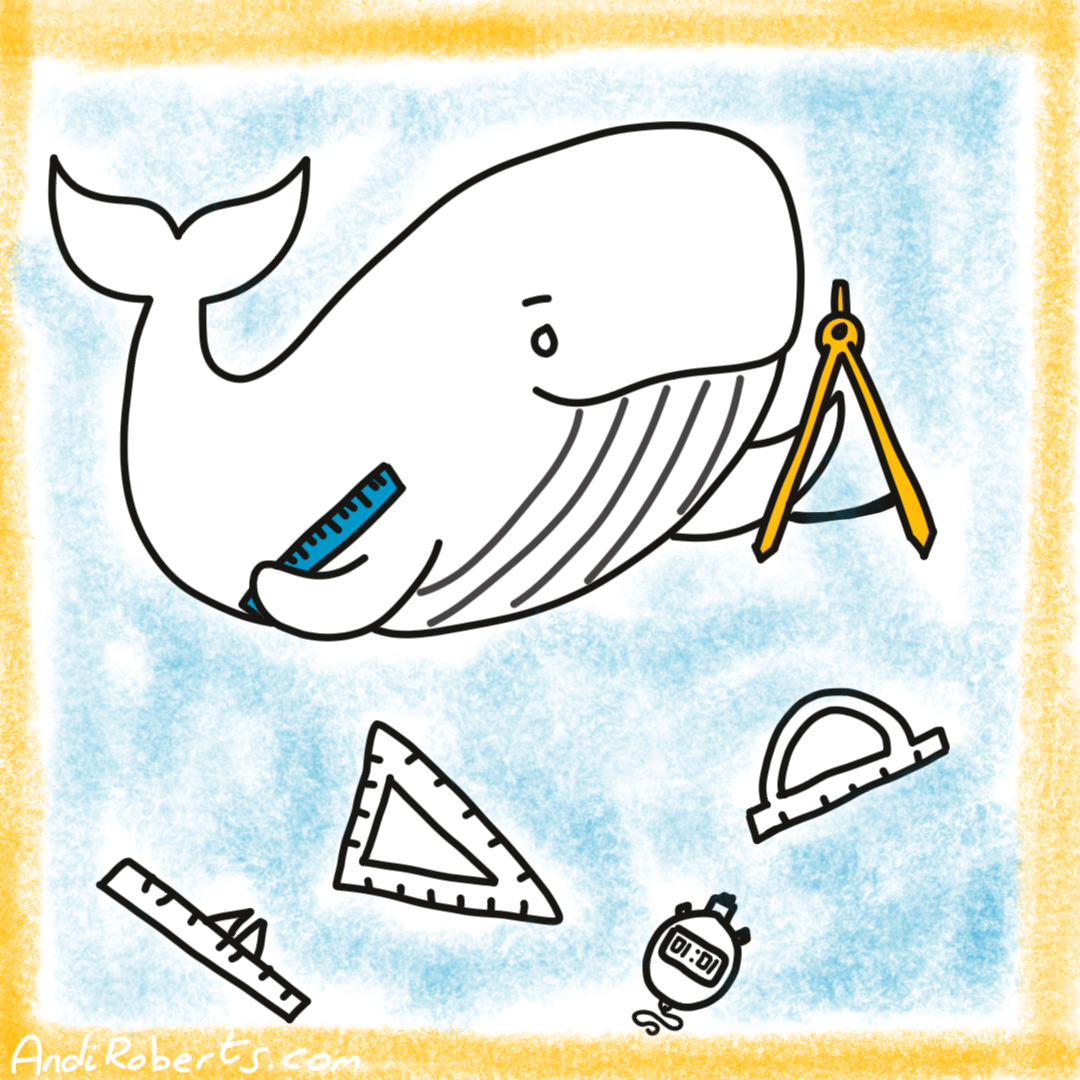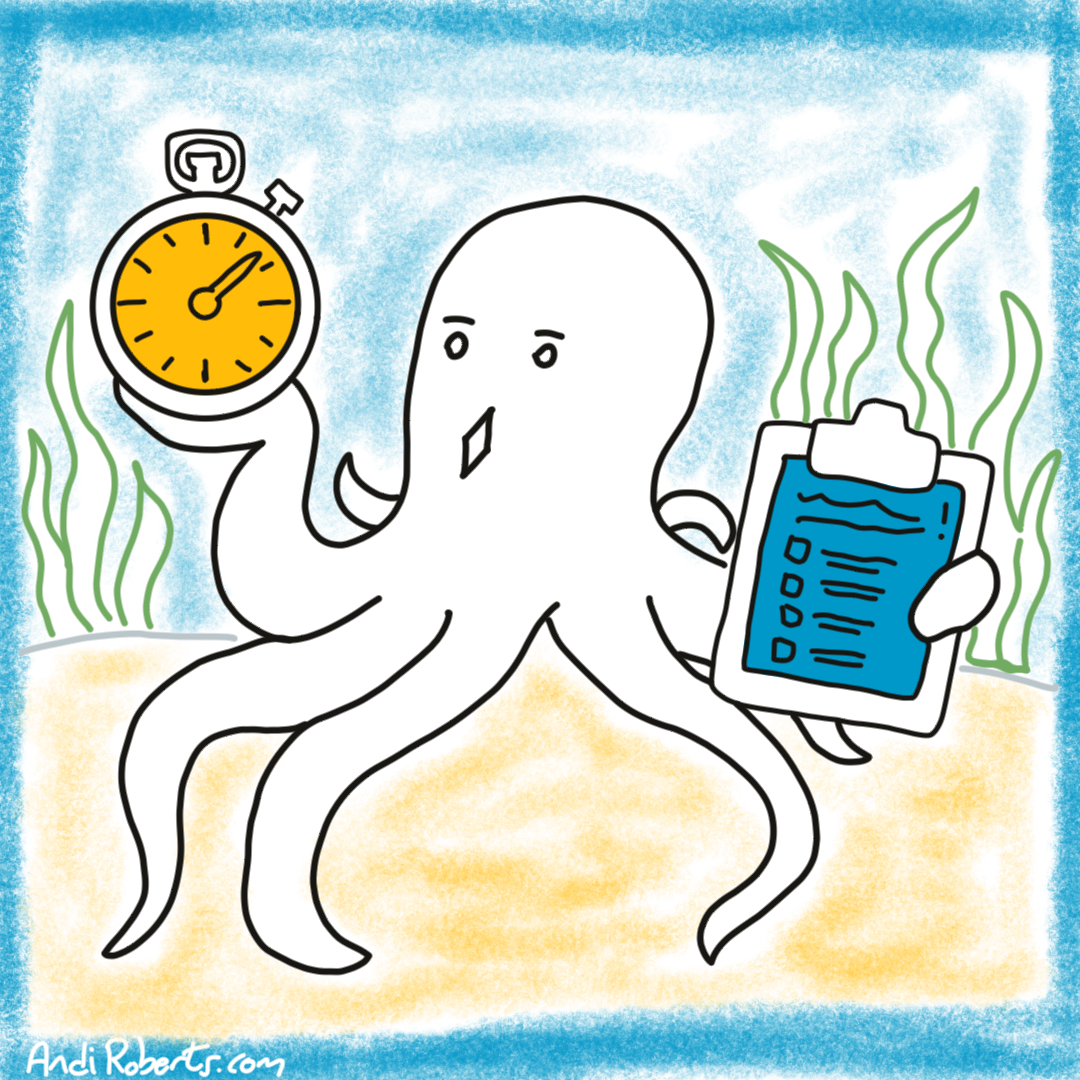Every few years a phrase takes hold in leadership circles and refuses to let go. “Culture eats strategy for breakfast” is one of those lines. It appears on PowerPoint slides, posters, and social media feeds, usually without question. It feels wise. It feels like something Peter Drucker would have said.
The truth is he did not. There is no record of the line in Drucker’s writings or interviews. The earliest known use seems to have come from Mark Fields, an executive at Ford Motor Company, in the early 2000s. Fields had attended a Drucker-inspired leadership session and began using the phrase inside Ford. Management writer Jeffrey Krames later repeated it in Inside Drucker’s Brain (2009), and so the legend took root.
Anyone who has watched a great plan fail in the face of daily habits and unspoken norms knows the sentiment. Plans often collapse under the weight of existing habits. Yet the simplicity of the quote hides the real story.
Writers such as Edgar Schein and Daniel Denison have shown that culture and strategy are not opponents. Culture is the web of shared meanings that gives strategy its life. Schein describes it as “the pattern of shared basic assumptions” that shape how people behave inside an organisation (Organizational Culture and Leadership, 2010). Denison found that when these assumptions reinforce purpose and mission, performance improves (Corporate Culture and Organizational Effectiveness, 1990).
If we take the quote too literally, we make culture the hero and strategy the victim. The more useful view is to see them as interdependent. One defines intent. The other decides what is possible.
Why the quote endures
“Culture eats strategy for breakfast” survives because it gives leaders comfort. It reassures us that the human side of organisations still matters in a world obsessed with plans, metrics, and frameworks. The words offer a gentle rebellion against managerial rationality. They suggest that what truly counts cannot be reduced to a spreadsheet.
The phrase also endures because it is short. It sounds like wisdom that can fit on a wall. Quoting it allows leaders to signal belief in something deeper than performance targets. It feels human.
But the endurance of the quote also reveals something else. It shows how easily a complex idea becomes simplified once it enters management folklore. Edgar Schein wrote that culture operates at levels we often cannot see: the underlying assumptions, the invisible rules of belonging, the ways people decide what is safe to say. None of that fits neatly into a slogan. Yet the slogan remains because it gives shape to an intuition we already have, that culture explains what logic cannot.
Research helps explain this attraction. Studies of organisational life repeatedly show that culture influences commitment, trust, and innovation (Schein, 2010; Denison, 1990; Kotter and Heskett, 1992). Leaders who sense this may not read the journals, but they feel its truth. When strategies fail, they rarely blame the PowerPoint. They look to the mood of the place, to what people believed and feared.
A strong culture can sustain success, but it can also defend the status quo. A clear strategy can unite people, but it can also crush curiosity. The relationship is a dance of mutual influence.
The false dichotomy: culture versus strategy
It is tempting to treat culture and strategy as rivals. One is the heart. The other is the head. In practice they are two parts of the same system. Strategy names the choices an organisation will make. Culture supplies the habits, stories, and informal rules that turn those choices into daily work. When we separate them, we turn a partnership into a contest.
A useful way to see the connection is to ask what your strategy actually requires people to do. If the plan calls for speed, the culture must normalise quick decisions and modest risk. If the plan depends on deep partnerships, the culture must reward listening and long memories. Strategy sets direction. Culture sets default behaviour. Results come when the two point the same way.
Research supports this more integrated view. Jay Barney argued that culture can be a source of sustained advantage when it is valuable, rare, and hard to imitate, and when the organisation is set up to use it well (Barney, 1986). The point is not that culture beats strategy. The point is that culture becomes strategic when it fits the intent and when systems reinforce it.
Practitioners often find Gerry Johnson’s work helpful here. The cultural web invites leaders to look at routines, rituals, power structures, and stories, then ask how these patterns align with strategic aims (Johnson, Scholes and Whittington, 2017). This moves the conversation from slogans to evidence. You examine what people actually do and what that behaviour signals about what is normal and what is prized.
A simple practice can keep you honest:
-
Write your top three strategic aims in plain language.
-
For each aim, list the two or three behaviours that would make success likely.
-
Compare those behaviours with what is currently admired, promoted, or quietly punished.
-
Where there is clash, choose one concrete shift in practice and one shift in symbol. Change what people do and change what people notice.
This is not about declaring culture the winner. It is about treating culture as the living context that allows strategy to breathe. When leaders hold the two in conversation, the organisation stops arguing with itself and can focus on the work.
What Drucker actually said about culture
Peter Drucker never used the breakfast phrase, yet his writing helps explain why people linked it to him. He saw organisations as social systems built on trust, responsibility, and purpose. Strategy, in his eyes, was never only about markets or plans; it was about human effort channelled toward a clear mission.
In The Effective Executive (1966), Drucker called culture “singularly persistent.” He warned that leaders cannot impose new habits overnight. In Management: Tasks, Responsibilities, Practices (1973), he added that “plans are only good intentions unless they immediately degenerate into hard work”—the daily discipline that turns purpose into performance.
If Drucker were alive to hear the famous quote, he might soften it. He would probably say that culture does not eat strategy; it digests it. Strategy is the meal, but culture determines how well it is absorbed. One without the other leads to malnutrition.
What the evidence says about culture’s impact
Beyond slogans, the link between culture and performance has been studied for decades. The findings are clear: culture matters, but not in a simple or linear way. It is not that “good culture” automatically equals success. What matters is fit—how well the shared values and everyday behaviours support what the organisation is trying to achieve.
In one of the earliest empirical studies, Daniel Denison (1990) found that firms with cultures emphasising involvement, consistency, adaptability, and mission tended to perform better financially. Culture in his model was measurable through patterns of decision making and coordination.
Later, John Kotter and James Heskett (1992) tracked culture and performance across more than two hundred companies over eleven years. Their work showed that adaptive cultures, those open to learning and responsive to change, outperformed non-adaptive ones by a wide margin. The implication was not that culture overrides strategy, but that an organisation’s capacity to adjust its culture is itself a strategic advantage.
Kim Cameron and Robert Quinn (2011) offered another practical view through the Competing Values Framework. They showed that different strategic aims call for different cultural profiles. Innovation thrives in an adhocracy culture that prizes flexibility and initiative. Efficiency, by contrast, depends on the routines and discipline of a hierarchy culture. No single culture is universally superior; the question is always alignment.
The weight of evidence points to the same truth Drucker intuited. Strategy sets the course, but culture determines how the journey feels and whether people stay on board. A misaligned culture can quietly erode a well-designed plan, while a coherent one can amplify even modest strategies.
When culture “eats” strategy and when it doesn’t
There are moments when culture truly does overwhelm strategy. It happens when the shared habits of thought and emotion inside an organisation directly oppose what the plan demands. Nokia offers a stark example. In their detailed study, Vuori and Huy (2016) describe how fear and defensiveness spread among managers as the smartphone market changed. The company had the technical knowledge to compete, but its culture rewarded caution and punished dissent. The strategy looked sound on paper, yet few dared to challenge decisions or admit uncertainty. Culture did not just eat strategy; it quietly starved it.
Contrast that with Netflix, whose leaders intentionally built a culture to match a strategy of continuous innovation. The “Freedom and Responsibility” philosophy gives employees discretion while holding them to clear performance expectations. This balance allows the company to pivot rapidly as technology and customer habits evolve. In this case, culture fuels strategy rather than consuming it.
A similar pattern appears in manufacturing. Toyota’s culture of learning, captured in the principles of the Toyota Production System, reinforces its strategic intent of continuous improvement. People at every level are expected to identify waste, propose improvements, and act. The culture becomes a mechanism for executing strategy rather than an obstacle to it.
Culture is not inherently good or bad. Its power depends on direction. A cohesive culture can either sustain a strategic vision or suffocate it. The key question for leaders is not whether culture matters, it does, but whether the current culture serves the future strategy or the past one.
Towards a more useful framing
If the old slogan sets culture and strategy against one another, a more useful stance is to see them as partners in a shared system. Each shapes and tests the other. Strategy defines intent and direction. Culture gives that intent texture, emotion, and daily practice. When they are treated as separate, leaders end up talking about change while living by habit.
A simple reframing can help. Rather than asking which is more important, ask how the two converse. Strategy can be imagined as the map and culture as the terrain. The map shows where to go, but the terrain decides how you travel. Ignore either one and you get lost. When leaders keep both in dialogue, they can redraw the map as the ground shifts.
Writers such as Ralph Stacey and Donella Meadows remind us that organisations behave more like living systems than machines. They contain feedback loops, delays, and unintended consequences. A strategic plan that fails to account for these dynamics will struggle, no matter how logical it looks. Culture provides those feedback loops—the small signals of trust, fear, or pride that tell leaders how the system is responding. Listening to those signals is a strategic act.
This way of thinking asks leaders to work more like gardeners than engineers. You do not install a culture; you cultivate conditions that allow the right one to grow. The design of meetings, the way success is recognised, and the space given to experiment—these become the levers of culture that quietly shape how strategy unfolds.
Closing reflection, what this means for leaders
It is easy to repeat the breakfast quote and feel wise. It is harder to live its lesson with balance. The real work begins when leaders see culture and strategy not as slogans but as patterns of human choice. Strategy defines what matters most. Culture reveals what people believe about how to act on it. When these two realities diverge, energy leaks out of the system.
Leaders can start by asking three quiet questions:
-
Does our culture encourage the behaviours our strategy requires?
-
Where do our spoken values differ from the ones that actually guide daily work?
-
What stories do people tell that signal pride, fear, or possibility?
The answers will not appear in dashboards or slide decks. They emerge in conversations, in what people laugh about, and in the decisions made when no one is watching.
Changing culture does not begin with slogans or training programmes. It begins with leaders paying attention to what they themselves reinforce. Every meeting, every recognition, every silence tells people what really counts. To align culture and strategy is to make sure those signals point in the same direction.
The breakfast quote endures because it gestures toward a truth: culture shapes everything that follows. Yet the fuller truth is that strategy and culture feed each other. A strategy without cultural depth remains a dream. A culture without strategic intent drifts. Together they form the rhythm of organisational life.
Culture does not eat strategy. It digests it, absorbs it, and turns it into the energy that makes the work possible.
Do you have any tips or advice on the paradox of strategy and culture?
What has worked for you?
Do you have any recommended resources to explore?
Thanks for reading!
Perhaps sharks aren’t the best appropriate visual metaphor for culture and strategy, yet I did enjoy the challenge of drawing them!
Sources:
Barney, J. B. (1986) ‘Organisational culture: Can it be a source of sustained competitive advantage?’, Academy of Management Review, 11(3), pp. 656–665.
Cameron, K. S. and Quinn, R. E. (2011) Diagnosing and changing organizational culture: Based on the competing values framework. 3rd edn. San Francisco: Jossey-Bass.
Denison, D. R. (1990) Corporate culture and organizational effectiveness. New York: Wiley.
Drucker, P. F. (1966) The effective executive. New York: Harper & Row.
Drucker, P. F. (1973) Management: Tasks, responsibilities, practices. New York: Harper & Row.
Hastings, R. and Meyer, E. (2020) No rules rules: Netflix and the culture of reinvention. London: Penguin.
Johnson, G., Scholes, K. and Whittington, R. (2017) Exploring strategy. 11th edn. Harlow: Pearson Education.
Kotter, J. P. and Heskett, J. L. (1992) Corporate culture and performance. New York: Free Press.
Krames, J. A. (2009) Inside Drucker’s brain. New York: AMACOM.
Liker, J. K. (2004) The Toyota way: 14 management principles from the world’s greatest manufacturer. New York: McGraw-Hill.
Meadows, D. H. (2008) Thinking in systems: A primer. White River Junction, VT: Chelsea Green Publishing.
Schein, E. H. (2010) Organizational culture and leadership. 4th edn. San Francisco: Jossey-Bass.
Stacey, R. D. (2011) Strategic management and organisational dynamics. 6th edn. Harlow: Pearson Education.
Vuori, T. O. and Huy, Q. N. (2016) ‘Distributed attention and shared emotions in the innovation process: How Nokia lost the smartphone battle’, Administrative Science Quarterly, 61(1), pp. 9–51.




Leave A Comment